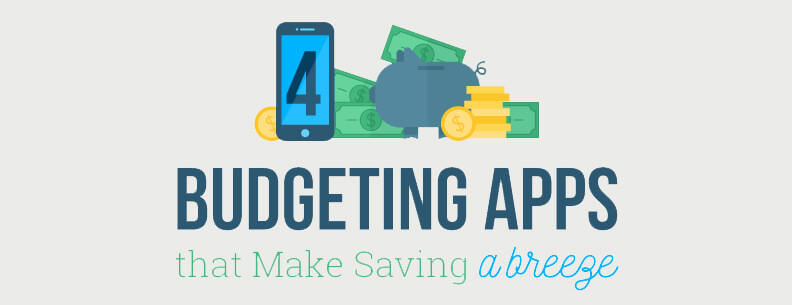Over a quarter of Americans are unbanked or underbanked.
That means millions are foregoing the protection and convenience of traditional financial institutions, all while incurring additional fees in order to perform day-to-day transactions like depositing a paycheck or paying rent. How can this underserved population gain access to affordable financial services? Turns out, the solution might be as simple as a smartphone.
Lower income consumers, many of whom are underbanked, commonly turn to smartphones as affordable and accessible substitutes for computers. Federal Reserve Bank data shows that smartphone ownership is especially common among the financially underserved; 57% of the underbanked have a smartphone versus just 44% of the overall population.
What do smartphones have to do with financial service accessibility? For many people around the world, smartphones have become not only an alternative to computers but also an alternative to traditional banking institutions. In fact, the underbanked are actually more likely than the rest of the population to perform mobile financial transactions. Twenty nine percent of underbanked consumers have used mobile financial services in the past 12 months, versus 21% of the total population.
Given the data and an echo of predictions from financial industry leaders, mobile tools appear to be a potential replacement for those who avoid banks. While true mobile banking alternatives are currently few and far between here in the United States, the concept has already taken off on other continents.
Mobile Banking in Kenya
Before mobile banking services arrived in Kenya, the majority of the nation’s poor were unbanked because financial services were either too costly or too far away to access regularly. For the unbanked, sending money to a family member across the country required physical travel. Day-to-day purchases and bill payments required cash delivery as well.
Much like here in the United States though, mobile phones are prevalent even among lower income Kenyans. To connect the two concepts, two of Kenya’s largest cell phone providers got together to launch M-Pesa, a mobile phone-based substitute for banks. The “m” in M-Pesa stands for “mobile,” and “pesa” is Swahili for money.
Both a payment and a transfer service, users can use M-Pesa to deposit money into accounts stored on their cell phones, send money via text message, make purchases and redeem deposits for cash. All transactions are small-value, with a maximum transaction limit of $500.
The service has grown quickly, gaining 8.5 million users just 18 months after it was launched back in 1997. As of 2012, about 17 million M-Pesa accounts were registered in Kenya. Today, M-Pesa is one of the most developed mobile payment system in the world, and other nations are taking notice. In the past years, similar mobile finance services have launched in developing countries around the world, including Tanzania, Afghanistan, South Africa and India.
M-Pesa solves everyday financial issues for the unbanked using a tool that most citizens carry in their back pocket. Thanks to mobile finance technology, Kenyans can make day-to-day transactions and bill payments without traveling across the country or paying hefty fees.
For information on alternative financial services available here in the states, check out our underbanked series.






